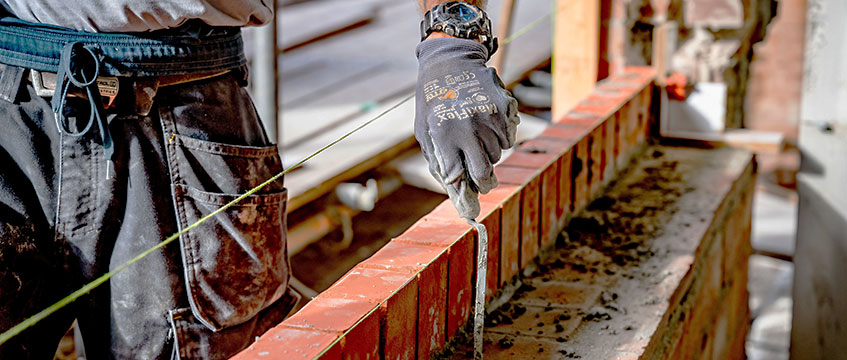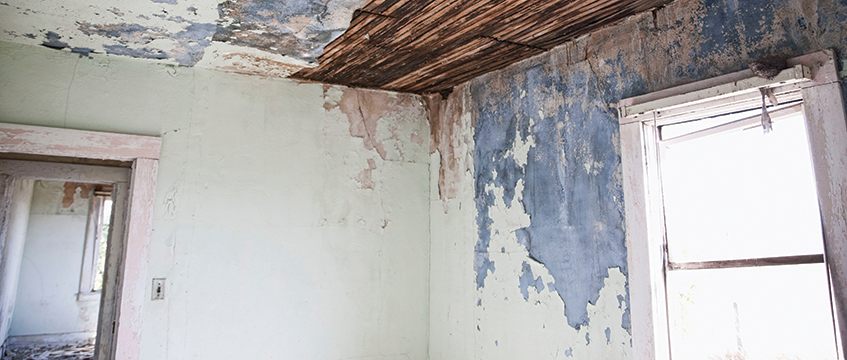The much-anticipated Building Safety Act 2022 received royal assent on 28 April 2022 and with it comes an intended culture change, supported by government and the Health and Safety Executive, whose clear priority is the safety of buildings and those living in them. The majority of the provisions of the Act will come into force in 12-18 months, and therefore building owners need to use this time to implement appropriate measures to get ahead of the curve addressing historical fire safety issues and ensure they are well prepared to deal with the management of building safety going forwards.
Historical fire safety issues
One of the main concerns for everyone involved in the ownership, management and occupation of buildings has been: who pays?
The Act creates what the government has called a “statutory waterfall” in relation to the costs of remediation of historical fire safety defects relating to buildings which are 11-plus metres tall. The developer/manufacturer is intended to be the first port of call, followed by government funding (if available), then freeholders and finally leaseholders, but only in limited circumstances. The Act achieves this through a variety of provisions which provide that there will be no service charge payable in the following circumstances:
- where the landlord (under a lease/superior lease) is responsible for the defect being remedied or associated with the party responsible for it (eg they were part of a joint venture with the developer, the contractor or otherwise undertook or commissioned the works);
- where the landlord group’s net worth is more than £2m (subject to a multiplier of the number of buildings within scope) – the group includes any person associated with that landlord which (in relation to a body corporate) may capture directors, companies with common directors, subsidiary companies and companies with a controlling interest;
- in relation to leases of low value, being £325,000 in Greater London and £175,000 elsewhere;
- for the removal and replacement of any part of unsafe cladding which forms the outer wall of an external wall system.
If none of the above apply, landlords will be limited to recovering a capped amount from leaseholders in relation to non-cladding related fire safety defects (£15,000 in Greater London and £10,000 elsewhere, unless the lease has a value of more than £1).
These provisions of the Act are due to come into force on 28 June 2022. Therefore, building owners need to think about the statutory waterfall now in relation to all those parties involved in the construction of the buildings they own to determine who pays.
Developers/manufacturers and the Defective Premises Act
Where the developer or manufacturer still exist, this is the party to look to first – and it is not only the contractual documents, but also the nature of the cause of action against this party and the appropriate limitation period that must be considered.
The Act has extended the limitation period for claims brought under section 1 of the Defective Premises Act 1972. This imposes a duty on a person taking on work for or in connection with the provision of a dwelling to see that the work is completed in a workmanlike/professional manner, with proper materials and so that the dwelling will be fit for habitation. Further, a new cause of action is being introduced to enable claims to be brought against the manufacturers of defective or mis-sold products which contribute to or cause a dwelling to become “unfit for habitation”.
The limitation period for bringing these claims will be 15 years for future claims (ie where the building is not yet completed/constructed, which also includes refurbishment works) and 30 years for historical claims. This brings many more buildings within the scope of this legislation.
Other funding options?
If the developer/manufacturer is not “on the hook”, next up is government funding. If funding from the Building Safety Fund was not available, the government is introducing a range of other ways in which funding will be raised, although it is currently unclear exactly how this will be accessed. When/if future funding is available, building owners should apply promptly (if eligible) to seek to mitigate any potential liability. The government will not look favourably on owners who do not seek funding in appropriate circumstances and then try to re-charge costs to leaseholders.
Back to building owners
If there is no recourse against the developer/manufacturer (they have both gone bust) and no funding is available/there is a shortfall, building owners will be expected to step up to cover the costs. In understanding their potential liability, they will need to consider:
- whether they meet the net worth threshold (£2m per in-scope property) – don’t forget to include group companies/associated persons in this calculation;
- any association with the original developer by them (or an associated company, even if that company is now insolvent);
- the timescales for the work and whether it can be progressed sooner rather than later – companies which do not commit to or action the remediation of the buildings may face a range of sanctions, including remediation orders and an inability to access funding/planning for future development;
- if you have refurbished your building within the past 15 years, remember those works now come within the scope of the 1972 Act (also look at third party liability);
- review what leaseholders have paid in the past five years (including waking watch costs). These will count towards the statutory cap and you may have to reimburse overpaying leaseholders.
Future management of building safety
Buildings are categorised as “higher risk” under the Act if they are at least 18 metres or seven storeys high and contain at least two residential units. The Act will impose a variety of additional requirements for the future management of these buildings.
The Act makes provisions for the Health and Safety Executive to act as “building safety regulator” in order to ensure the safety of people in and about buildings and to improve building standards. The regulator is required to provide assistance and encouragement to residents, owners and accountable persons (more on that below) in order to facilitate and secure building safety. The regulator will also have powers to enforce compliance if the accountable person (see more below) does not comply with its duties. However, there is also the potential for criminal prosecution for non-compliance, which it is possible may fall not only to companies but also potentially to their directors/other officers where offences are committed as a result of those individuals’ neglect or with their consent.
Are you accountable?
The Act makes provision for either the legal owner in possession of the common parts (which includes the structure/exterior and parts used jointly by more than one occupier) or the party with the repairing obligation in respect of those parts to be the “accountable person” in respect of that building (there can be more than one).
For example, a freeholder will often retain the exterior/structure and responsibility for its repair and grant a long lease of the internal residential parts to a management company which is then responsible for the repair of the internal common parts. The principal accountable person in those circumstances will be the party which holds the legal estate in possession of the relevant parts of the structure and exterior of the building or is liable to repair those parts, ie the freeholder. However, each accountable person will have responsibility for managing the risks in the areas for which they are responsible and will be expected to coordinate and cooperate with other accountable persons in the building.
This requirement to coordinate and cooperate echoes the duty on the “responsible person” for the purposes of the Fire Safety (Regulatory Reform) Order 2005, and it seems likely that the accountable person under the Act will also be the responsible person (or one of them) for the purposes of the 2005 Order. However, the duties under the Act must be complied with in addition to those under the 2005 Order (although there is likely to be some overlap).
The accountable person’s duties will include (but are not limited to):
- registration of occupied higher-risk buildings;
- ensuring certification of works to higher-risk buildings;
- assessment and management of building safety risks and preparation of a safety case report (a “building safety risk” means a risk to the safety of people in or about a building arising from the spread of fire, structural failure or any other prescribed matter);
- compliance with statutory reporting requirements and keeping prescribed information about the building;
- preparation and regular review of a “residents’ engagement strategy” relating to the management of the building;
- taking all reasonable steps to ensure residents are not at risk of serious injury/death as a result of a building safety risk.
Development gateways
There will also be three new development gateways for higher-risk buildings which will apply through the planning, design and construction phases of new buildings to ensure that building safety – and, in particular, fire safety – is considered at every stage and will place duties on those doing so.
Don’t delay, act now
Building owners have been given time to act and need to use it to get prepared. The implications of failing to engage and commit to dealing with these issues, whether historical or the future management/monitoring of building safety, is likely to result in severe consequences which could be financial and/or criminal. The government’s message is clear – it’s time to take building safety seriously.
How can building owners prepare for new duties?
Building owners should consider what steps they need to take to comply with the requirements of the regulator and the new regulatory regime in relation to higher-risk buildings. The first question will be whether they are the accountable person. If so, they must:
- review portfolios of residential buildings to ascertain those which are higher-risk and therefore require registration;
- consider and implement plans for how building safety information will be kept/managed;
- start putting in place steps to ensure that all of the duties of the accountable person (or principal accountable person) are managed and complied with;
- engage with the regulator (ie HSE) now to discuss the steps being taken and to facilitate the process of making their building(s) safe;
- consider leaseholder management, including:
- does the existing lease drafting allow/provide for recovery of fire safety related issues via the service charge?;
- engagement with leaseholders early in relation to fire safety issues and any required works and consider new implied terms regarding building safety if the building is “higher-risk”;
- will any works to be completed require statutory consultation under section 20 (qualifying works or QLTAs)?;
- if development/refurbishment is anticipated, don’t forget the requirement to comply with the duties around fire safety imposed by the three development gateways and implications of failing to comply (and remember the 1972 Act).
Sarah Pope is a senior associate and Eleanor Murray is a partner and head of the residential team at CMS LLP









